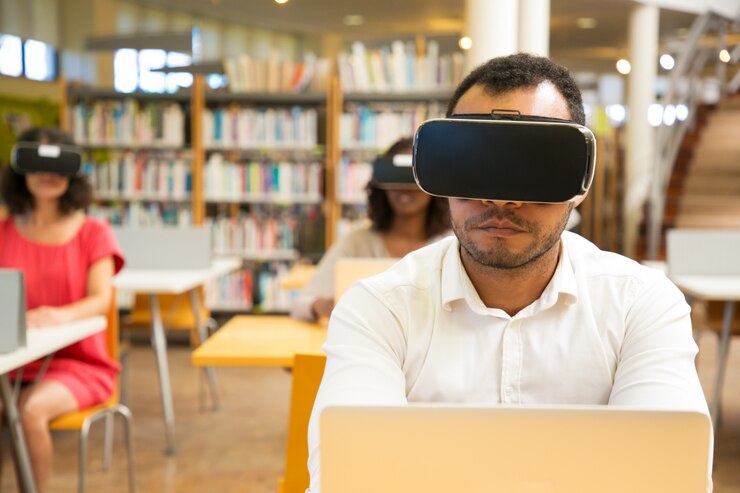The Future of Education: Trends That Are Shaping Tomorrow’s Classrooms
The landscape of education is rapidly evolving, driven by advancements in technology, changing societal needs, and new pedagogical approaches.Read More
One of the most significant trends is the increasing integration of technology into the classroom. From interactive whiteboards to virtual reality (VR) experiences, technology is making learning more engaging and accessible. Educators are utilizing tools such as Learning Management Systems (LMS) to streamline administrative tasks and provide a centralized platform for students to access resources. This shift not only enhances traditional teaching methods but also prepares students for a technology-driven world. Personalized learning is gaining traction as educators recognize that each student has unique needs, learning styles, and paces. This approach tailors educational experiences to individual students, allowing them to progress at their own speed and focus on areas where they need more support. With the help of data analytics and adaptive learning software, teachers can identify student strengths and weaknesses, creating customized learning paths that foster greater engagement and achievement. The COVID-19 pandemic has accelerated the adoption of hybrid learning models, which combine in-person and online instruction. This flexible approach allows educators to reach students in various settings and supports diverse learning preferences. As schools navigate the challenges of returning to physical classrooms, hybrid models offer a way to ensure continuity in education while accommodating health guidelines. Moving forward, many institutions are likely to maintain elements of this model, providing students with greater flexibility in how they learn. Recognizing the importance of mental health and emotional well-being, schools are increasingly prioritizing social-emotional learning (SEL). This trend emphasizes the development of skills such as empathy, self-regulation, and resilience. By incorporating SEL into the curriculum, educators are creating supportive environments where students can thrive both academically and personally. The focus on holistic education is essential for preparing students to navigate the complexities of modern life. Collaboration is becoming a cornerstone of effective education. Classrooms are evolving into spaces that encourage teamwork and communication among students. Collaborative learning environments foster peer interaction and problem-solving, allowing students to learn from one another. Group projects, discussions, and technology-enhanced collaboration tools promote critical thinking and help students develop vital interpersonal skills that are essential in today’s workforce. As the job market continues to change, fostering a lifelong learning mindset is crucial. Educators are shifting their focus from merely imparting knowledge to instilling a love for learning that persists beyond the classroom. This trend encourages students to embrace curiosity, seek out new skills, and adapt to evolving challenges. By nurturing this mindset, schools are preparing students to be agile thinkers who can thrive in an ever-changing world. Finally, education is becoming increasingly globalized. Schools are emphasizing the importance of global citizenship, encouraging students to understand and engage with issues that transcend borders. Through international collaborations, cultural exchanges, and discussions on global challenges, students learn to appreciate diverse perspectives and contribute positively to their communities. The future of education is being shaped by these transformative trends, creating dynamic classrooms that prioritize engagement, personalization, and collaboration. As educators adapt to these changes, they are not only preparing students for academic success but also equipping them with the skills necessary for a rapidly changing world. Embracing these trends will ultimately lead to a more inclusive, effective, and enriching educational experience for all learners.1. Technology Integration
2. Personalized Learning
3. Hybrid Learning Models
4. Focus on Social-Emotional Learning (SEL)
5. Collaborative Learning Environments
6. Lifelong Learning Mindset
7. Emphasis on Global Citizenship
Conclusion

